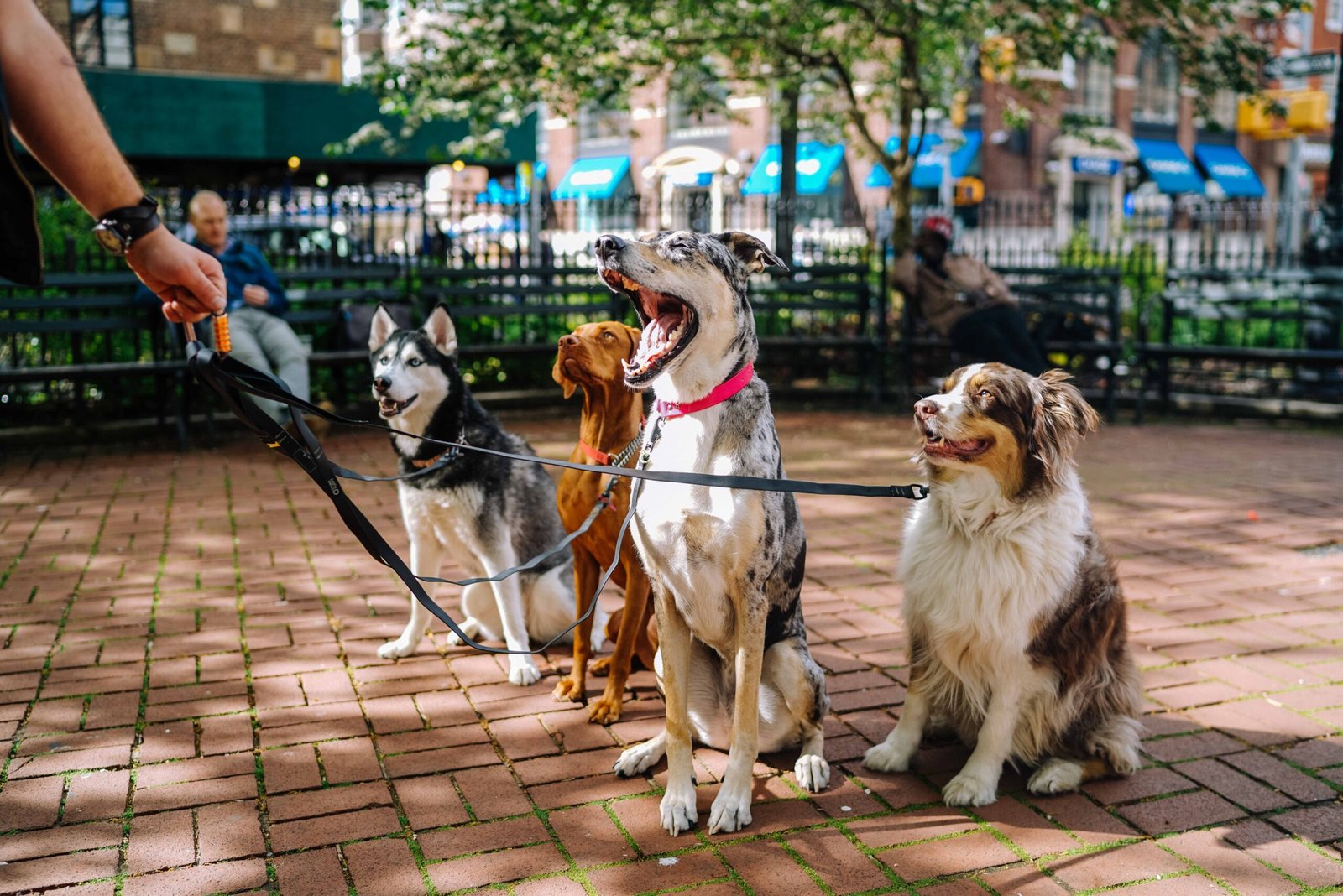Have you ever wondered what it’s really like to live in a house with more than one dog? It’s not just double the fun—it’s double (or triple!) the chaos, the love, and yes, the challenges. From feeding frenzies to sibling squabbles, multi-dog households live in a world of their own. If you’re a dog lover staring at a pile of chewed-up shoes and wagging tails, you know these struggles all too well. But don’t worry—every challenge has a solution, and you’re definitely not alone in facing them.
Feeding Frenzies and Food Aggression

Mealtimes in a multi-dog household can feel like a wild race. One minute you’re calmly scooping kibble, the next it’s a mad dash for the bowls. Food aggression is common, with some dogs guarding their meals or trying to steal from others. This behavior can lead to fights and hurt feelings (yours included). To manage this, try feeding each dog in separate rooms or crates. Using barriers or baby gates can help, too. Stick to a routine so each dog knows when and where to expect their food. Over time, they’ll learn there’s no reason to rush or compete.
Sibling Rivalry and Jealousy
Just like kids, dogs can get jealous when they feel left out or see you giving more attention to another pup. This can result in attention-seeking behaviors—think barking, nudging, or even pushing siblings out of the way. To keep the peace, make sure each dog gets individual attention every day. Rotate cuddle sessions and playtime, and praise good behavior equally. If jealousy flares up, redirect the energy with a fun group activity, like a walk or fetch session, so no one feels left out.
Noise Levels and Barking Battles
The sound of one dog barking can be loud, but multiple dogs barking in harmony? That’s a whole new level of noise. Sometimes, one dog’s bark will set off a chorus of howls and yaps. This can be stressful for everyone, especially neighbors. To manage barking, work on training each dog to respond to quiet commands. Reward calm behavior and use distractions, like toys or treats, to redirect their attention. Sometimes background music or white noise can help mask outside triggers, keeping the peace indoors.
Walking More Than One Dog at a Time
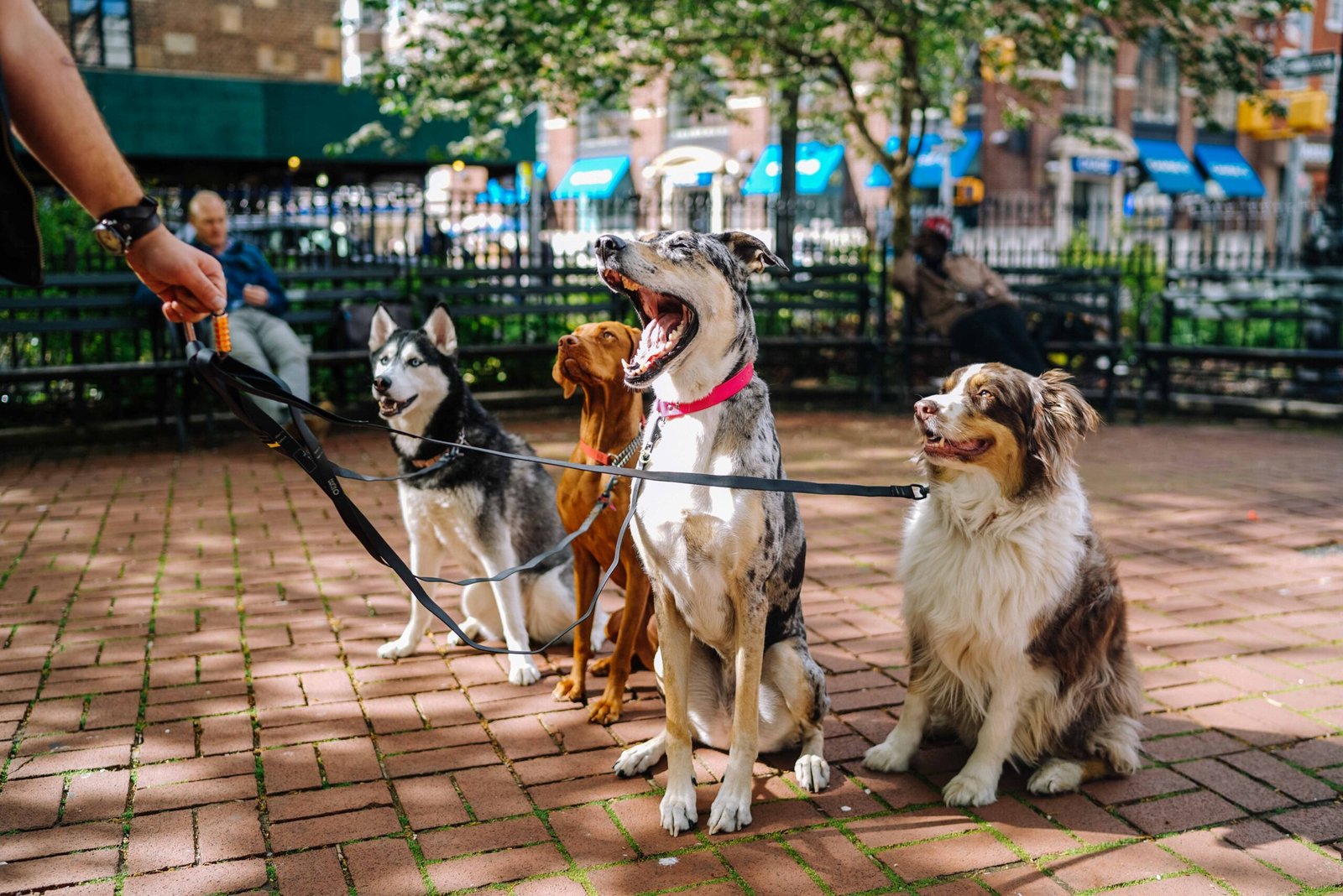
Walking two or more dogs together can feel like steering a runaway train. Tangled leashes, different paces, and sudden detours for squirrels make it a challenge. To keep walks pleasant, invest in a double or triple leash designed for multiple dogs. Practice obedience commands individually first, then together. Start with short walks, and reward calm, polite walking. If your dogs have very different energy levels, consider separate walks to give each one what they need.
Managing Different Personalities
Every dog has their own quirks—some are shy, some energetic, others are bossy. Mixing personalities can lead to misunderstandings or even disagreements. It’s important to recognize each dog’s unique traits and cater to them. Create safe spaces where a shy dog can retreat, and provide outlets for energetic pups to burn off steam. Supervise play and intervene if things get too heated. Over time, most dogs learn to respect each other’s boundaries, but it takes patience and understanding.
Toy and Resource Guarding
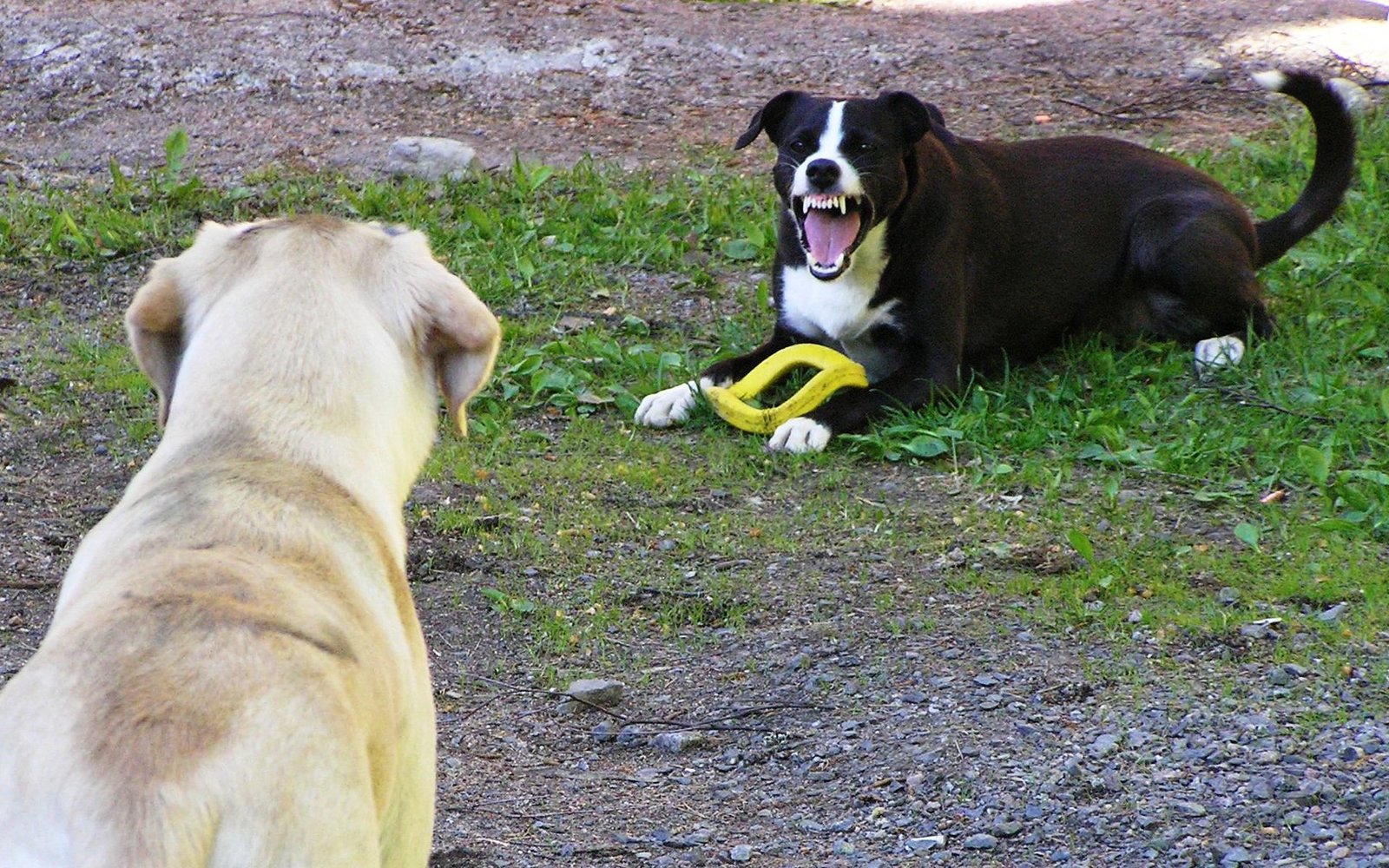
Toys, beds, and even your lap can become prized possessions in a multi-dog home. Resource guarding can turn playtime into a standoff. Watch for warning signs, like stiff body language or growling, and step in before a scuffle breaks out. Offer plenty of toys and rotate them to keep things fresh. Practice “drop it” and “leave it” commands with each dog. When possible, give high-value items (like chew bones) in separate areas to prevent conflict.
Training Challenges: One Learns, Others Copy
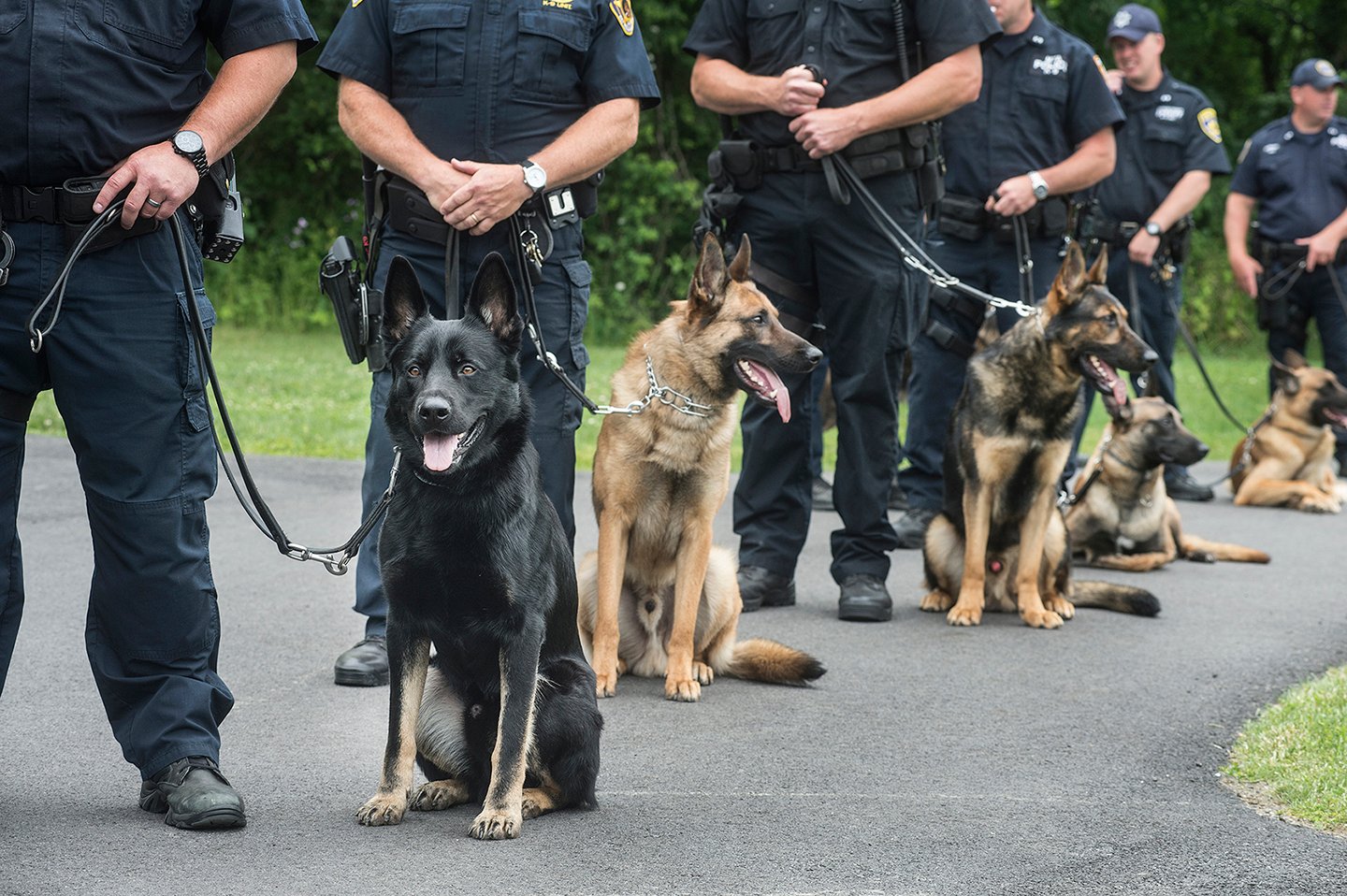
Teaching new commands can be tricky when you have an audience of eager (or mischievous) learners. Sometimes, one dog picks up a trick quickly, while others struggle or copy the wrong behavior. To make training sessions effective, work with each dog individually before practicing as a group. Use clear cues and reward systems, and be patient—progress can be slower, but it’s worth it. Remember, consistency is key, and celebrating small wins keeps the process fun.
Vet Visits: Juggling Appointments and Health Needs

Routine checkups become a logistical puzzle with multiple dogs. Each pup has their own vaccination schedule, dietary needs, and possible health concerns. It’s easy to get overwhelmed. Stay organized with a calendar or app to track appointments and medications. When possible, book group appointments for vaccines or checkups to save time. Keep a file of each dog’s medical records handy, so nothing slips through the cracks.
Grooming Grows Exponentially
Bathing, brushing, and nail trimming one dog is manageable—but with several? Grooming can take up your entire Saturday. Shedding multiplies, too, leaving tumbleweeds of fur around the house. To keep grooming under control, set up a regular schedule and stick to it. Invest in quality brushes and clippers, and consider professional grooming for breeds with high-maintenance coats. Make grooming sessions positive with treats and praise, turning them into bonding moments.
Household Cleanliness and Odor Control
Multiple dogs mean more mess—muddy paw prints, fur on the couch, and that unmistakable “dog smell.” Even the cleanest homes need extra effort to stay fresh. Vacuum regularly, use washable covers on furniture, and open windows for ventilation. Air purifiers and odor-neutralizing sprays can be life-savers. Wipe paws after walks and keep cleaning supplies handy for quick touch-ups. A tidy home is possible, but it definitely takes teamwork.
Playtime Turns into Wrestling Matches
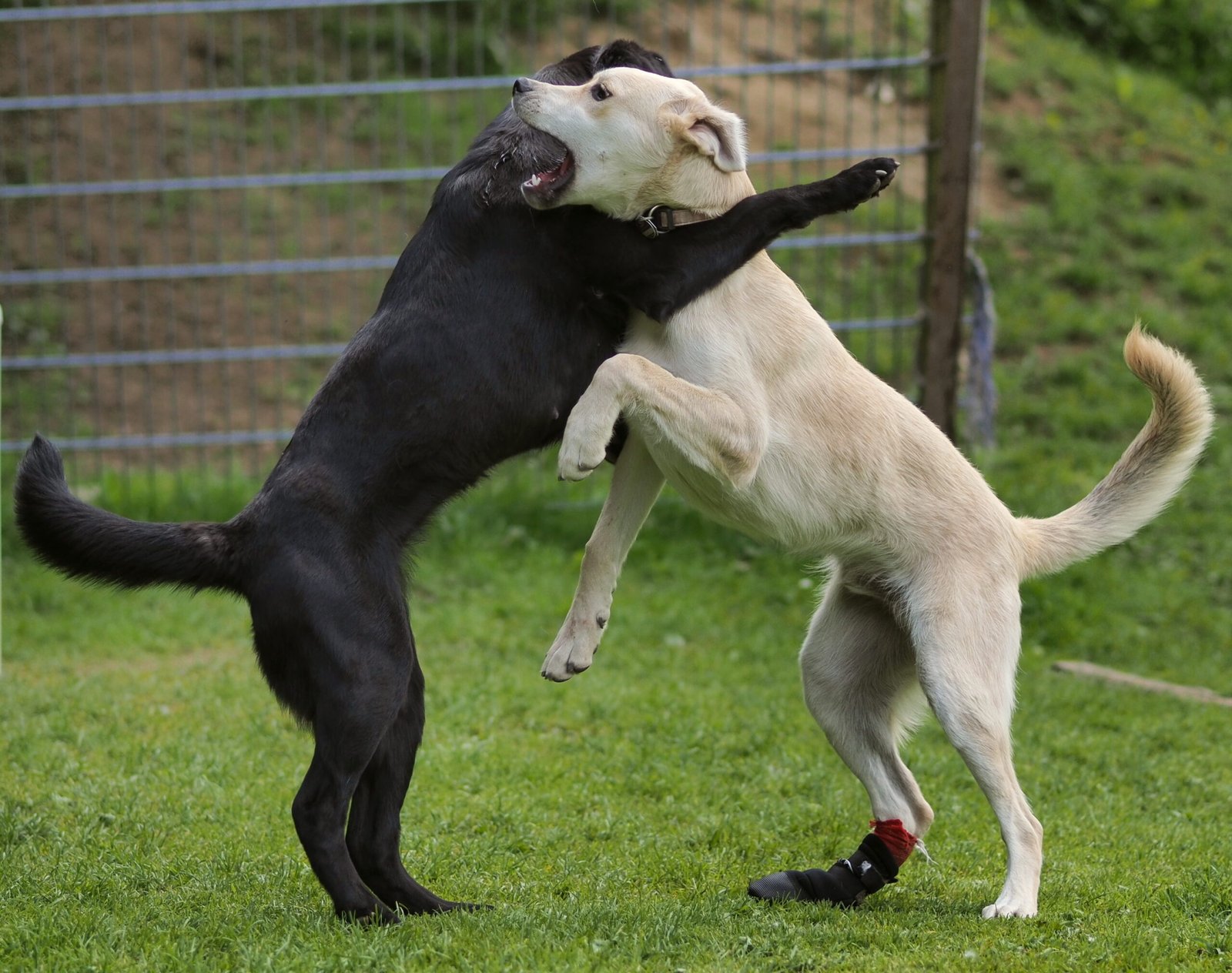
What starts as a simple game of tug can quickly escalate into a full-blown wrestling match. Excitement is contagious, and sometimes play gets too rough. Watch for signs that dogs are getting overstimulated—like raised hackles or growling—and intervene if necessary. Set boundaries for playtime and offer breaks to keep energy levels in check. Structured play, like fetch or puzzle toys, can redirect their enthusiasm and prevent chaos.
Traveling and Boarding Complications

Going on vacation or even a day trip becomes more complicated with multiple dogs. Finding a pet-friendly hotel or boarding facility that can accommodate everyone isn’t always easy. Some dogs get anxious when separated from their pack. Start by getting your dogs used to car rides and short stays away from home. Research pet sitters or kennels well in advance, and provide clear instructions about your dogs’ routines. Having a trusted backup plan can make travel less stressful for everyone.
Introducing New Dogs to the Pack
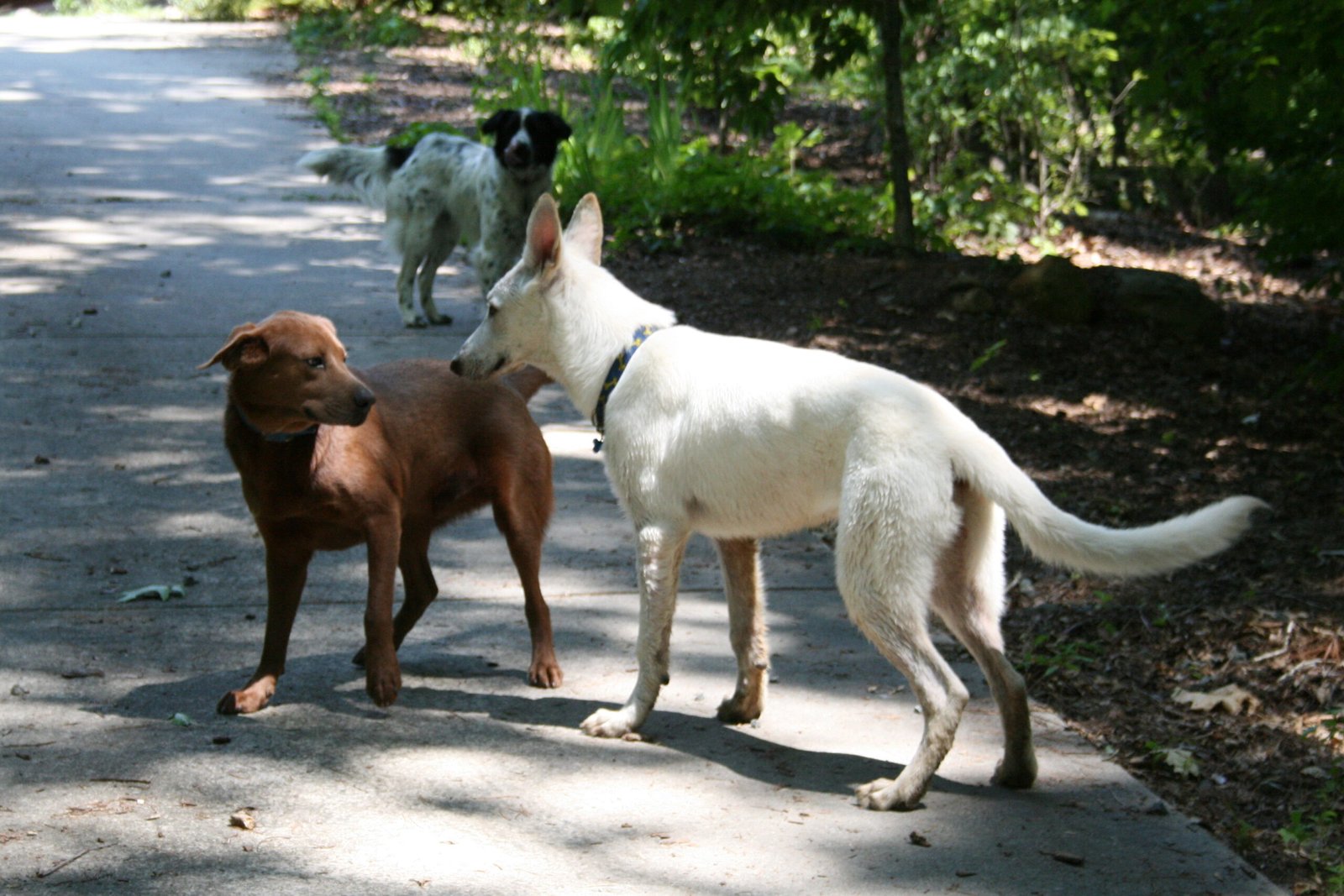
Bringing a new dog into an established group is a delicate dance. Existing pets may feel threatened or territorial, leading to tension or even fights. Introduce new dogs gradually, starting on neutral ground like a park. Supervise all interactions, and allow each dog to set their own pace. Watch body language closely and separate dogs at the first sign of discomfort. With patience and positive reinforcement, most packs find their balance.
Financial Commitment: More Dogs, More Expenses
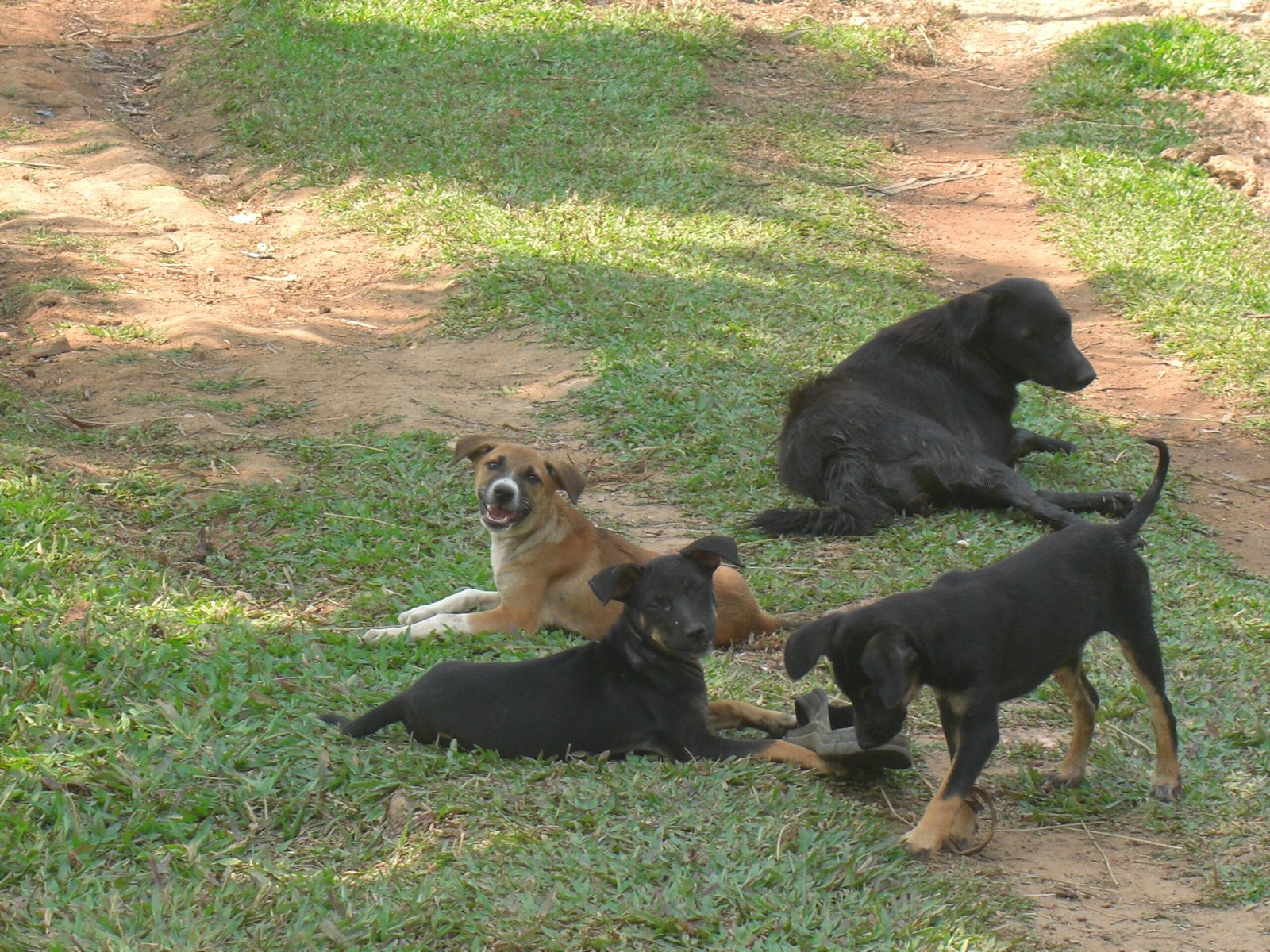
Caring for multiple dogs means higher costs for food, vet bills, grooming, and supplies. Unexpected expenses, like emergency vet visits, can add up quickly. Budgeting is crucial—set aside funds for regular care, and build an emergency savings just for your pets. Buying food and supplies in bulk can help save money. While the financial commitment is real, the joy and companionship your dogs bring are truly priceless.
Life in a multi-dog household is full of love, laughter, and let’s be real—total chaos sometimes. But with a bit of structure, patience, and plenty of treats, it’s totally manageable (and totally worth it). Each pup adds their own personality to the mix, creating a home that’s always lively and full of heart. Sure, it’s not always easy—but if you ask any multi-dog parent, they’ll tell you they wouldn’t have it any other way.

Esther is from India; the heartbeat of South Asia, holding a Master’s degree in Zoology and a postgraduate diploma in Animal Welfare. Her enthusiasm for animal welfare drives her passion and dedication to working for animals, ensuring their well-being, and advocating for their rights. With a solid academic background and hands-on experience, she is committed to making a positive impact in the field of animal welfare. In her free time, she enjoys embroidery and sewing. As a Chennaite from Tamil Nadu, Esther loves Bharathanatyam, an Indian classical dance form.

